
Para leer en español, haga clic aquí.
In 2012, a small cohort of faculty and staff from Colorado State University ventured south for an exploratory retreat to a small plot of land in Baja California Sur, Mexico (BCS) — a space that ultimately would become home to the CSU Todos Santos Center, the University’s first international hub for community outreach, multidisciplinary education, and collaboration.
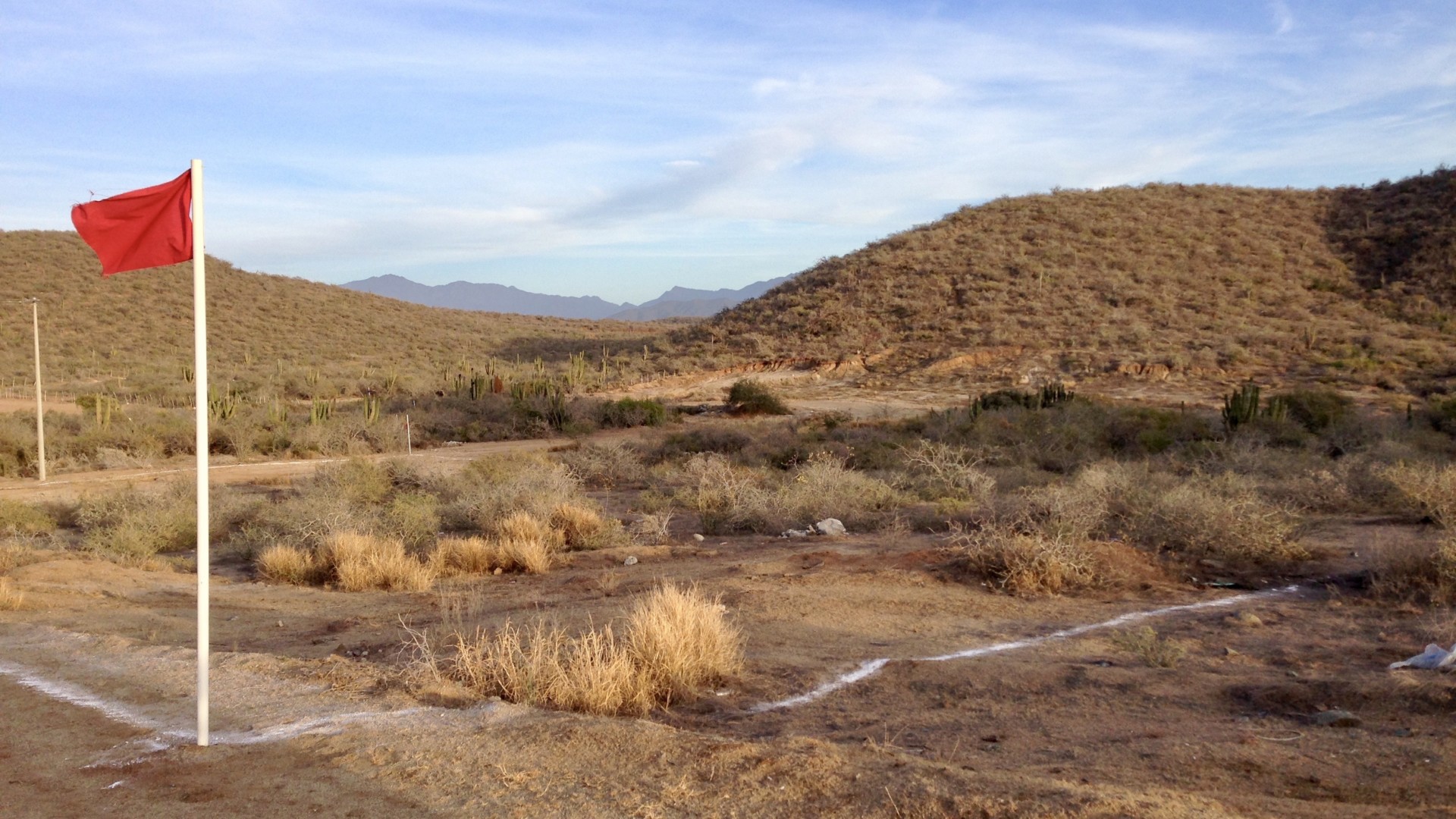
Three years later, the group returned to Todos Santos to commemorate the Center’s launch with an official ribbon-cutting ceremony.
Now in its fifth year of programming, the Center hosts dozens of workshops, events, semester-long courses, research projects, and educational programs reaching thousands of students, faculty, and local community members on an ongoing, annual basis.
By the numbers…
- 2,500+ annual program participants and event attendees from local community
- 50+ community partners and working relationships
- 3,000+ animals helped through vaccinations and spay/neuter
- 10,000+ visits to the Center for English classes
- 700+ hours of English instruction for the community
- 1,054 student and faculty visits to date
- 40+ annual student programs and program development visits
“The CSU Todos Santos Center is a completely unique approach designed to facilitate engagement and exchange among CSU students, faculty, and researchers, and the local community of Todos Santos.” said Amy Parsons, executive vice chancellor for the CSU System. “Our Center creates a platform for learning and research across all disciplines, and cultural and language exchange across all ages and backgrounds of locals and visitors.”
“For the CSU students, we hear repeatedly the experience in Todos Santos changes them – they return with greater world perspective, renewed interest in service, and enhanced commitment to their area of study. That is the kind of impact that will change the world,” Parsons said.
As a CSU campus with faculty-taught, direct curriculum courses, taking classes at the CSU Todos Santos Center allows CSU System students the opportunity to fulfill degree requirements in an international setting, without any graduation delay.
“CSU is fortunate to have a facility like the Todos Santos Center, a tremendous resource on which CSU can build experiential student programs, environmentally-focused faculty research programs, and community-based engagement and service programs,” said CSU’s Vice Provost for International Affairs Kathleen Fairfax.
“The Center is now living its mission of cultivating generations of global citizens and thriving communities through collaboration, experience, and exchange of knowledge,” said Fairfax.
Bridging cultures, cultivating global citizens
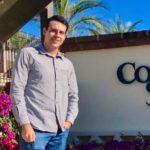
“The CSU Todos Santos Center is a place where we can learn and know more about different cultures, share experiences and opinions, and grow as individuals and as a society.”
— Guillermo Fisher Fiol (Todos Santos resident; elementary Spanish teacher; intermediate English student)
The Center’s goal of meaningfully bridging cultures is present throughout its growing portfolio of programs, many of which focus on the exchange of knowledge between U.S. and Mexican university faculty and students. The Center also employs eight staff members from the local community.
Olaf Morales, the Center’s languages coordinator, leads nearly 500 English classes each year, as well as a Spanish and Nature Immersion course for international visitors, offered each Spring and Fall. Both programs serve to enhance cultural competency for U.S. and Mexican participants, paving the way for greater intercultural understanding.
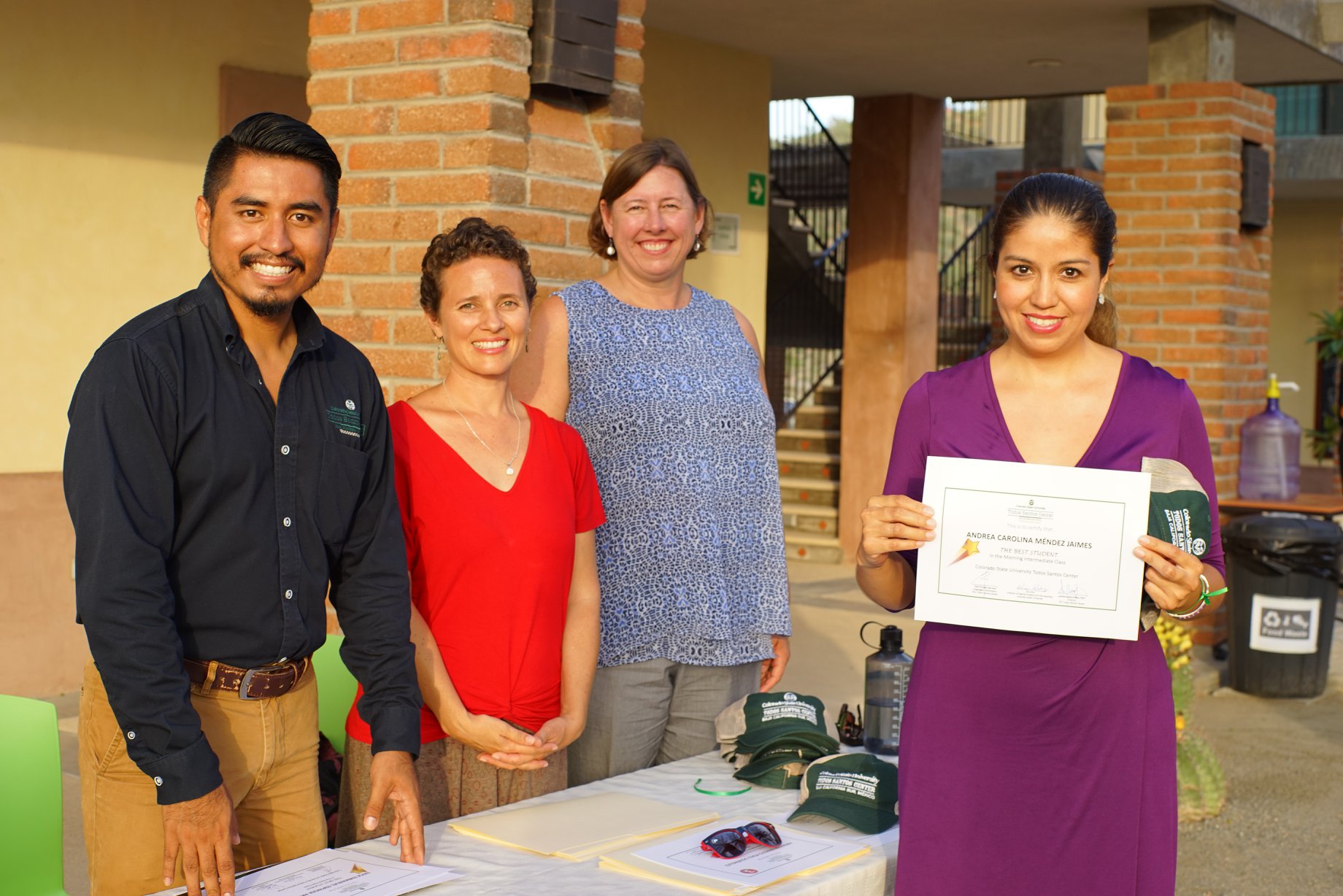
“Working at the CSU Todos Santos Center has completely changed the way I perceive the way I teach languages,” said Morales. “Teaching not only English to the local community but also Spanish to CSU students and faculty has given me the opportunity to learn from different cultures and expand my own understanding of how students learn better based on their context and perspectives.”
More than 300 students, mostly from the BCS region, have successfully completed Morales’ English courses in the past two years. Morales intends to grow the program to include other languages in addition to Spanish and English, with support from external instructors.
“Running the languages program has been an incredible journey,” Morales said.
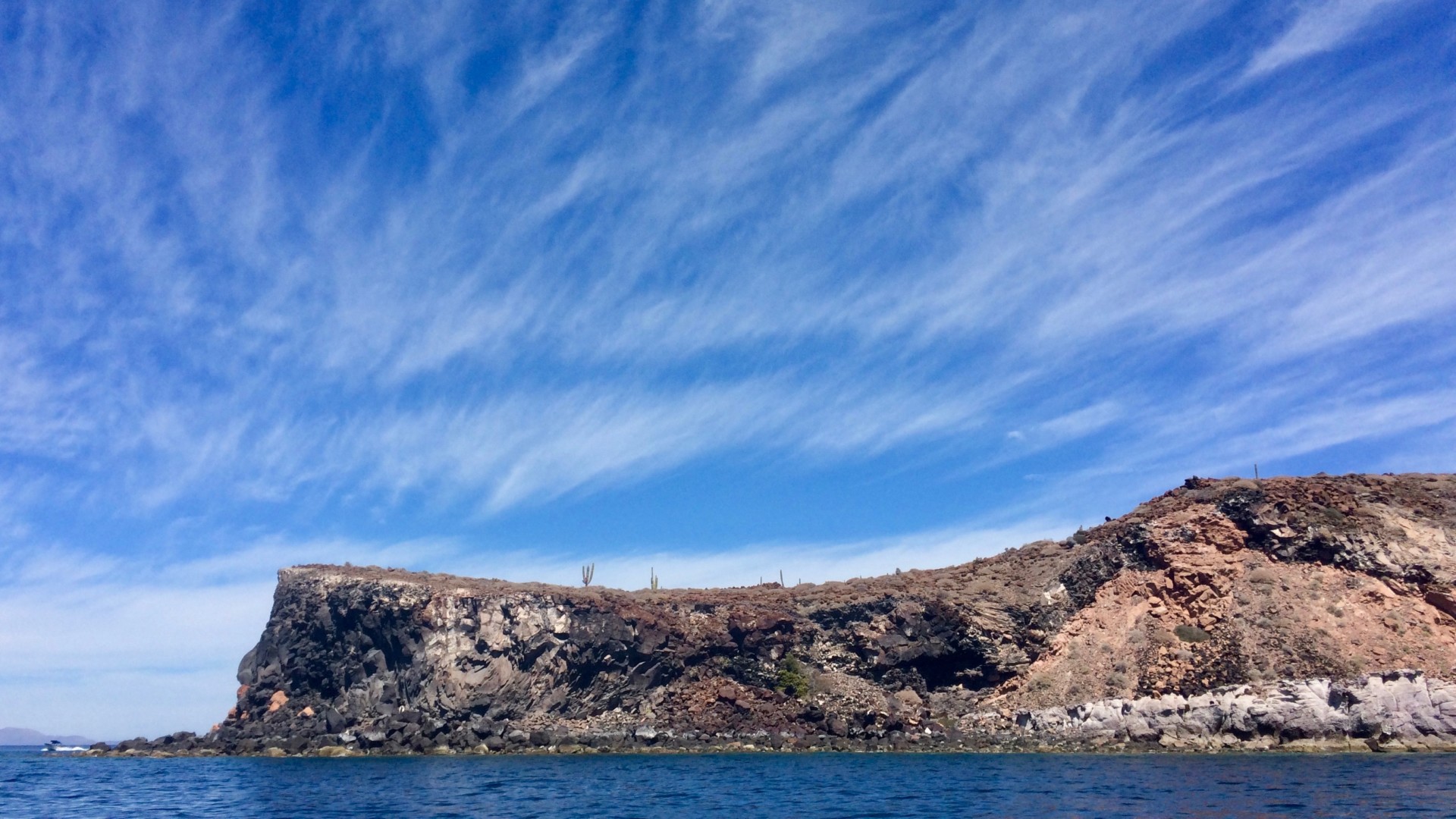
Situated in the rich and biodiverse Baja California Desert ecoregion, the CSU Todos Santos Center is an opportune location for sustainability-focused research programs and educational opportunities — ranging from the annual Fish, Wildlife, and Conservation Biology semester program to service-learning trips promoting local recycling, to supplemental course offerings such as CSU Pueblo’s week-long Sustainable Travel & Alternative Tourism class.
In January, the Center hosted its second annual Global Leadership Experience, a week-long, culturally immersive program designed to foster collaboration between CSU and Mexican university students around global challenges. This year’s program provided a venue for students and faculty from CSU, Universidad Autónoma de Baja California Sur (UABCS), and the Instituto Tecnológico de La Paz, to address the urgent and impending challenges around water scarcity.
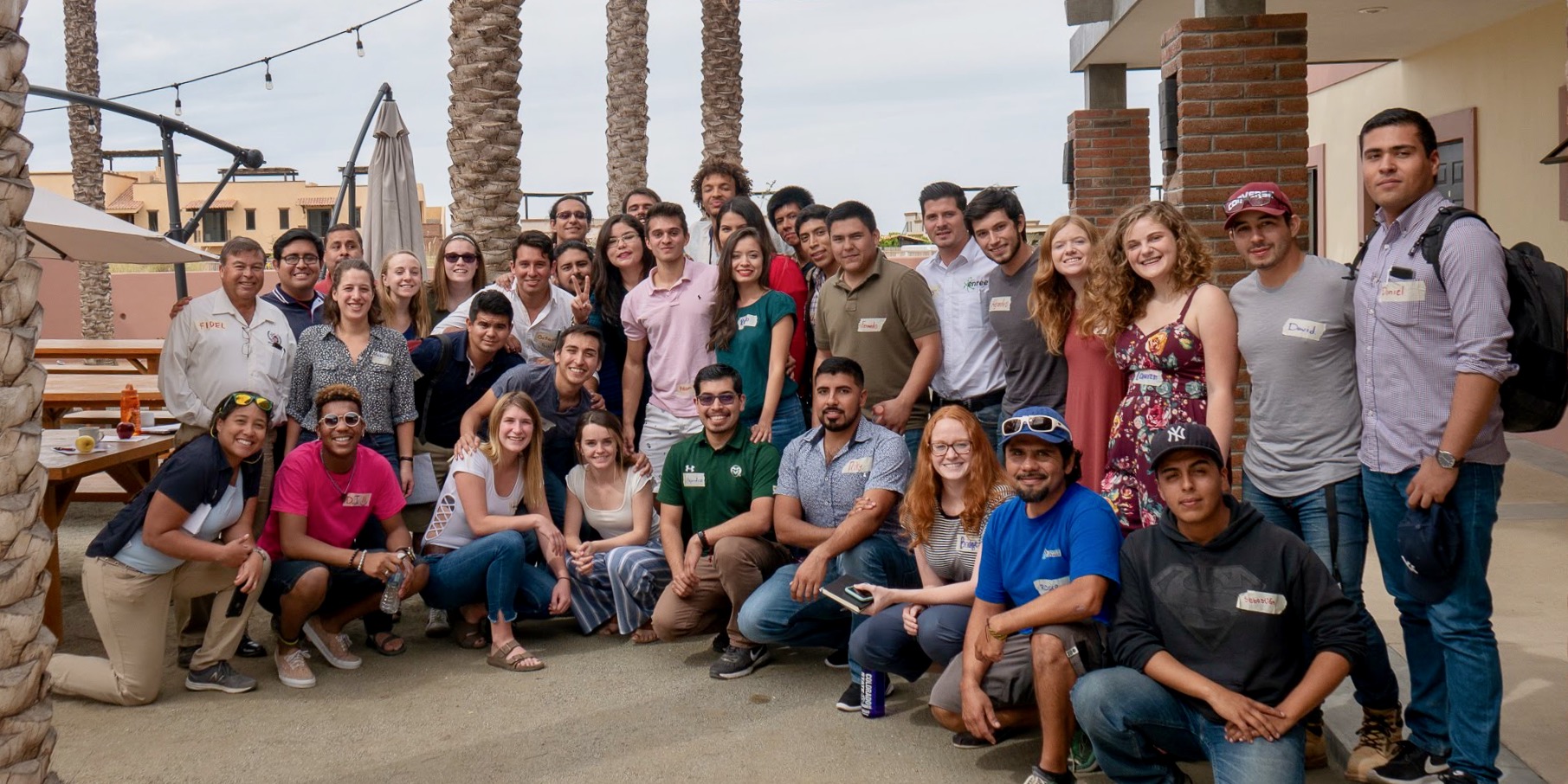
The Center also offers a host of kid- and family-friendly programs to encourage intercultural exchanges between U.S. and Mexican communities, including the annual Family Adventure Week, and Kids Do It All, a music-theatre summer camp led by CSU’s School of Music, Theatre, and Dance.
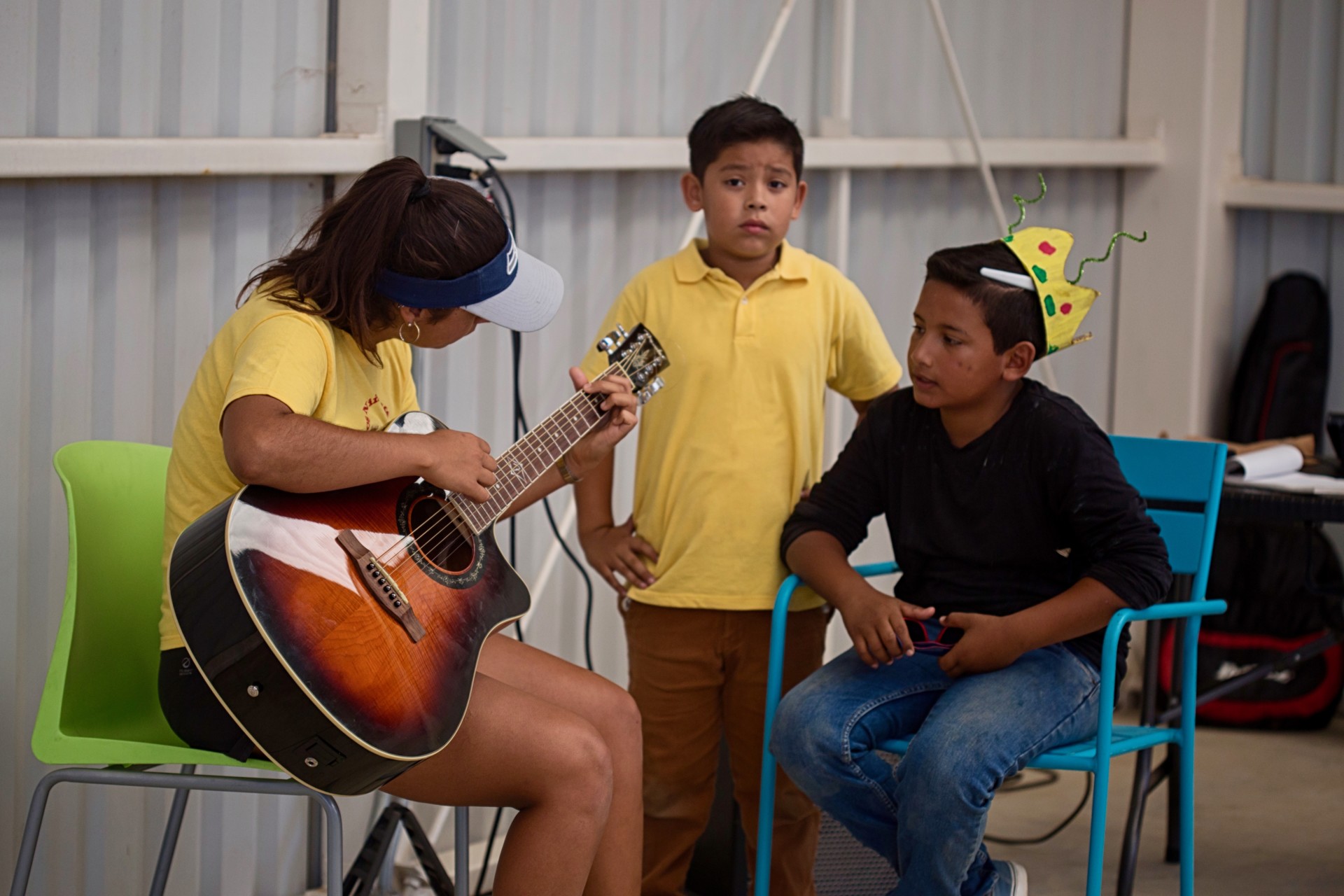
“We have made an undeniable impact on the Todos Santos community and it has made an undeniable impact on us!” said Walt Jones, founder and lead faculty member of Kids Do It All, which became the first program CSU offered in Todos Santos in 2013, starting even before the Center was built.
Community engagement, collaboration
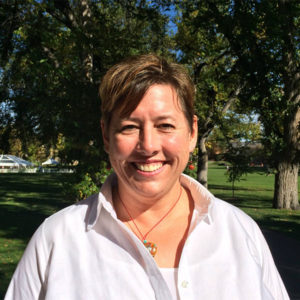
“We understand the importance of building connections over time and know that relationships are the foundation of lasting impact.”
– Kim Kita, Director, CSU Todos Santos
In an ongoing effort to meaningfully engage with the local community, the Center hosts weekly open houses to welcome BCS residents to the facility and share programmatic offerings.
During her 2015 internship at the Center, Joanie Ellis (veterinary medicine, 2016) developed a strong affinity for the people and culture of BCS. She now lives in the capital city of La Paz, roughly one hour north of Todos Santos, where she teaches English to local school children.
“My time at the CSU Todos Santos Center impacted me in various ways, and I will never forget the in-depth involvement I was so fortunate to experience,” said Ellis.
For Ellis, the most memorable experiences were the informal meetings with Todos Santos residents.
“We not only laughed and had the opportunity to get to know one another, but we also created such strong bonds,” said Ellis.
Dr. Danielle Frey, director of international student experiences at CSU’s College of Veterinary Medicine and Biomedical Sciences, spearheads the Center’s animal health clinics and veterinary student rotations.
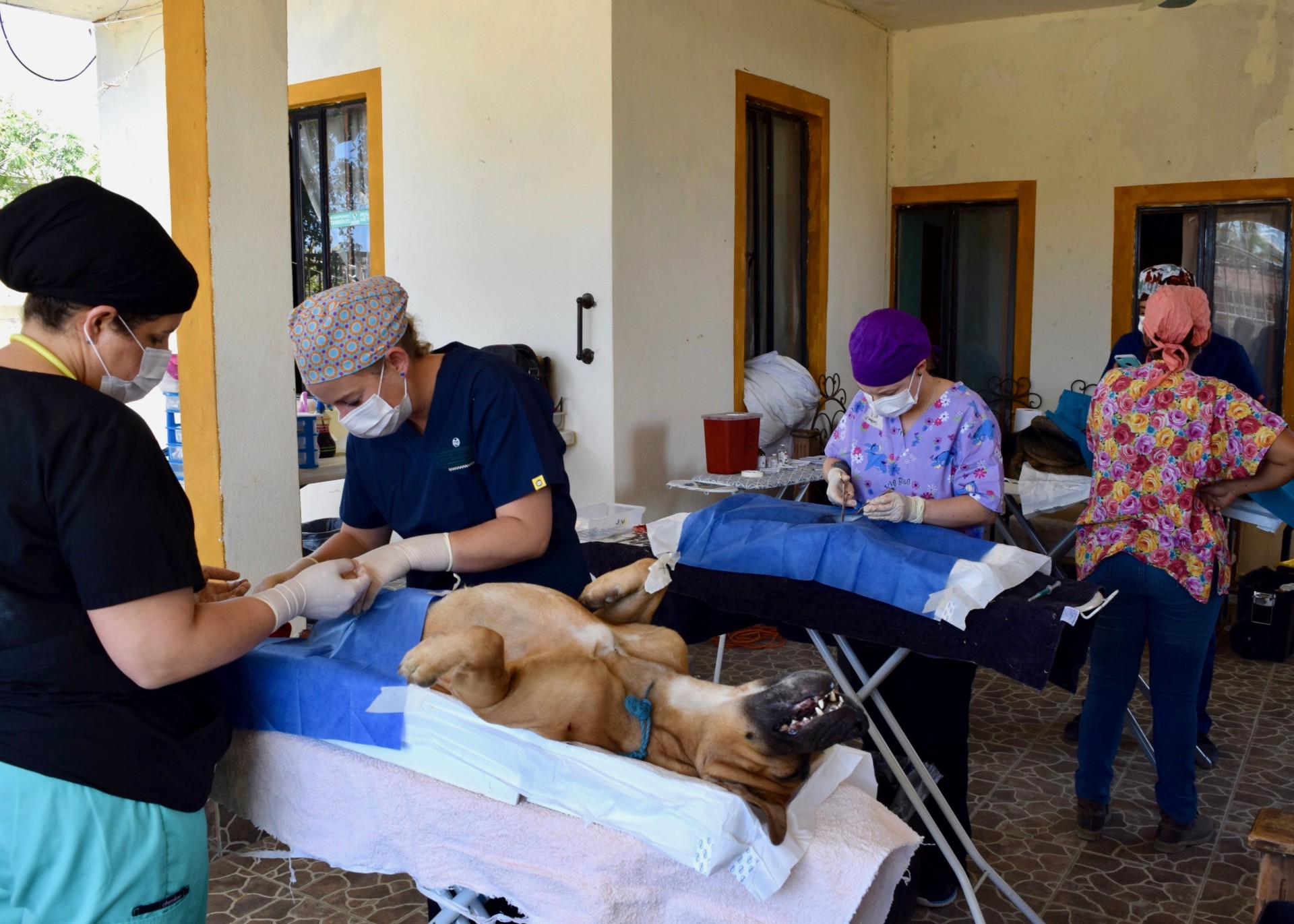
“Through the work of the veterinary program I have gotten to meet families and community members that love their animals, working alongside veterinarians and students dedicated to animal and community health,” said Frey. “My favorite part of the experience is seeing families care so much for their pets, and our students broadening their professional and personal horizons.”
To date, more than 3,000 animals have received veterinary care at the Center resulting from the collective efforts of Frey, local veterinarians, and Mexican and U.S. university faculty and students.
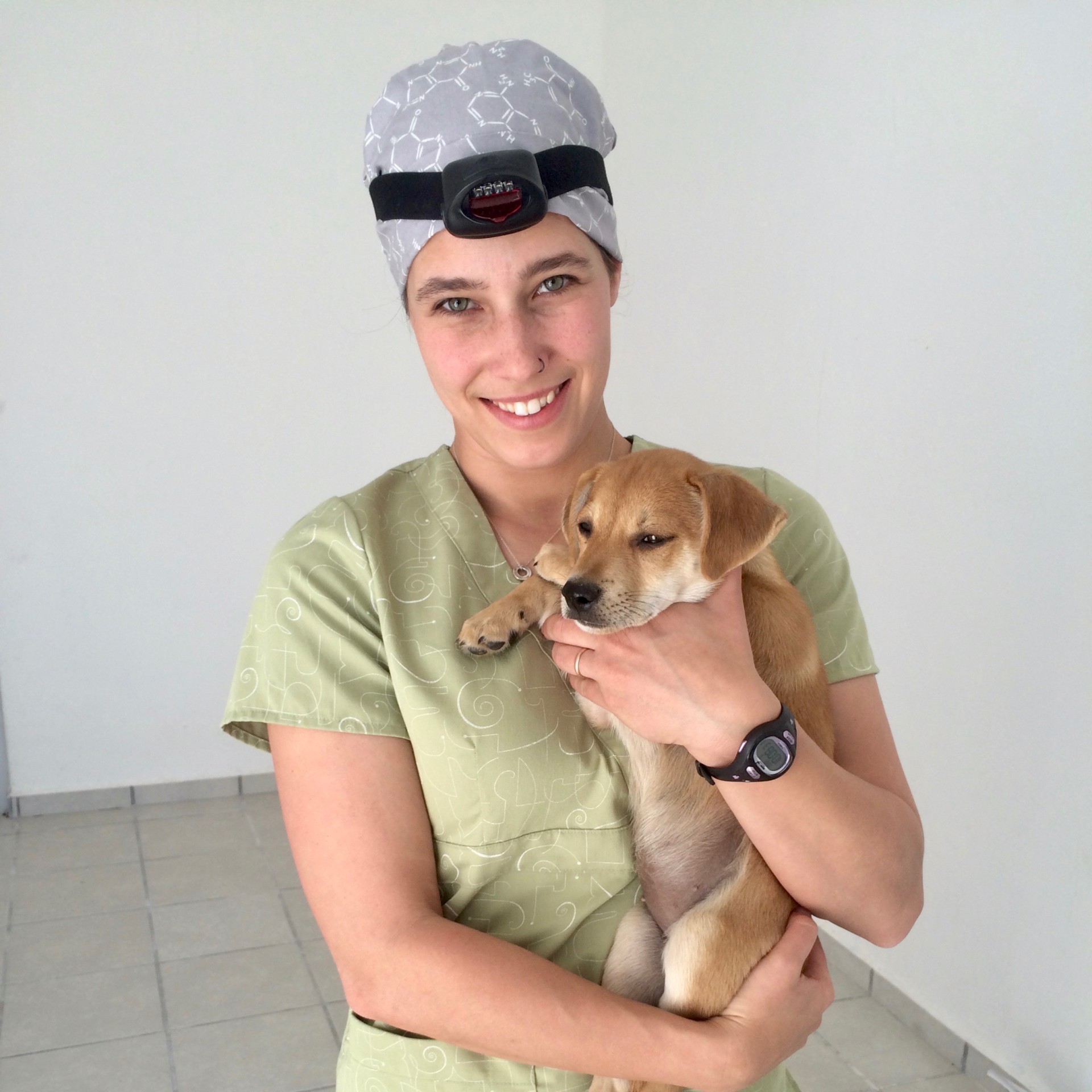
Emma Lantz participated in one of the Center’s vet student rotations in March 2016, and currently works as a mixed animal veterinarian in rural communities across eastern California and western Nevada.
“The interactions I had with the faculty and students of the veterinary school in La Paz have to be one of my favorite memories, another being conversations with local ranchers,” said Lantz. “I loved being able to inquire about the common problems and treatments in the region, and how they deal with them.”
Future-focused, mission-driven
“Todos Santos is a place of transformation. To be part of that journey and to watch it from a distance has been a wonderful experience.”
— Cole Purdy (Fish, Wildlife, and Conservation Biology, 2018; CSU Todos Santos Center volunteer and program participant, 2015-2018).
“Our team began with a vision to create a community of people deeply committed to cultivating generations of global citizens and thriving communities,” said Kim Kita, director of CSU Todos Santos. “Now, five years later, we reflect on this collective journey and what we continue to learn.”
The Center continues to expand and diversify its offerings, grow its network of partners and collaborators, and gain attention from the local and international community, and faculty from CSU and Mexican universities are eager to exchange knowledge with all who attend.
CSU’s College of Liberal Arts will host its first semester-long education abroad program at the Center in Fall 2019: Liberal Arts and Community Engagement. Participating students will have the opportunity to earn 15 credits while working with community partners on topics in the arts, humanities, and social sciences.
This summer, the veterinary program is introducing a new two-week exchange program called VACA (Veterinary Action and Consulting in the Americas). Instructors from CSU and Universidad Autónoma de Yucatán will lead the course, with the goal of creating intercultural and bilingual connections in livestock care. Eight veterinary students have signed up to participate, four from the U.S. and four from Mexico.
“A program like VACA can create increased abilities in communication, improving connections with livestock partners and keeping our food chain healthy,” Frey said.
While the content, scope, and structure of the Center’s programs, events, and activities will inevitably evolve, all will be unified by and continue to advance CSU’s land-grant mission.
“From the very beginning, the CSU Todos Santos team and the CSU community have done an outstanding job keeping CSU’s mission of education, research, and outreach true to this region,” said CSU Todos Santos Center Director Aines Castro Prieto.
“After five years of this story, I can see the Center growing its number of programs, expanding its positive impact beyond CSU and BCS communities, and consolidating itself strongly in the local community,” said Castro.
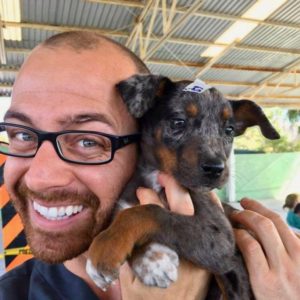
“Working in Mexico opened my eyes to the volunteer and nonprofit opportunities both within and outside the United States and the next steps to take as a veterinarian to help wherever I can.”
— Alex Gomes (CSU Todos Santos Center veterinary program participant, 2017-2018)
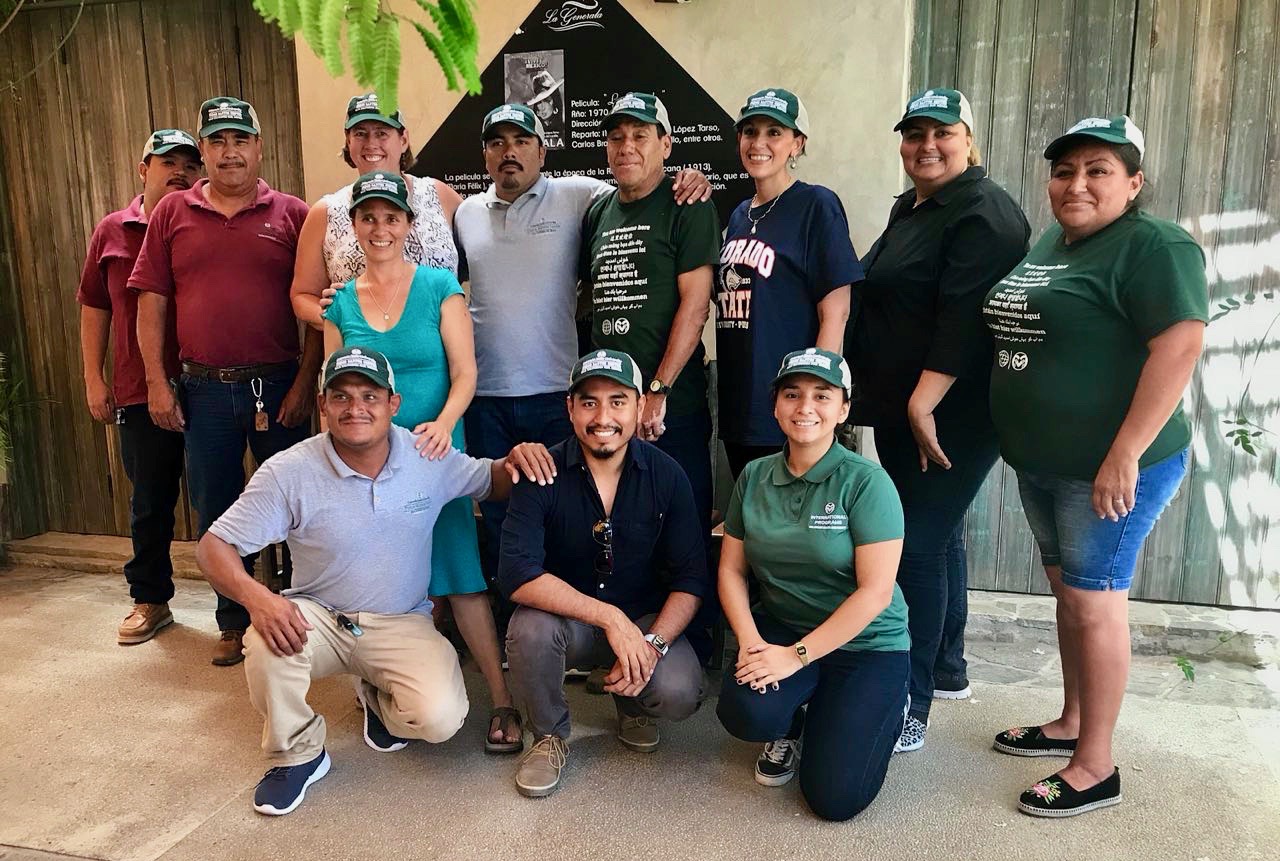
About the CSU Todos Santos Center
Located in Baja California Sur, Mexico, CSU Todos Santos Center serves as the University’s international hub, providing research and educational opportunities in alignment with existing University curricula.
Advancing CSU’s mission of teaching, research, service, and outreach, the Center collaborates with Mexican universities and organizations, and provides workshops and programs for visitors and local residents.
CSU’s vision in Todos Santos is to cultivate generations of global citizens and to partner in the creation of thriving communities through experiential learning and the exchange of knowledge.
For additional information, visit todossantos.colostate.edu.